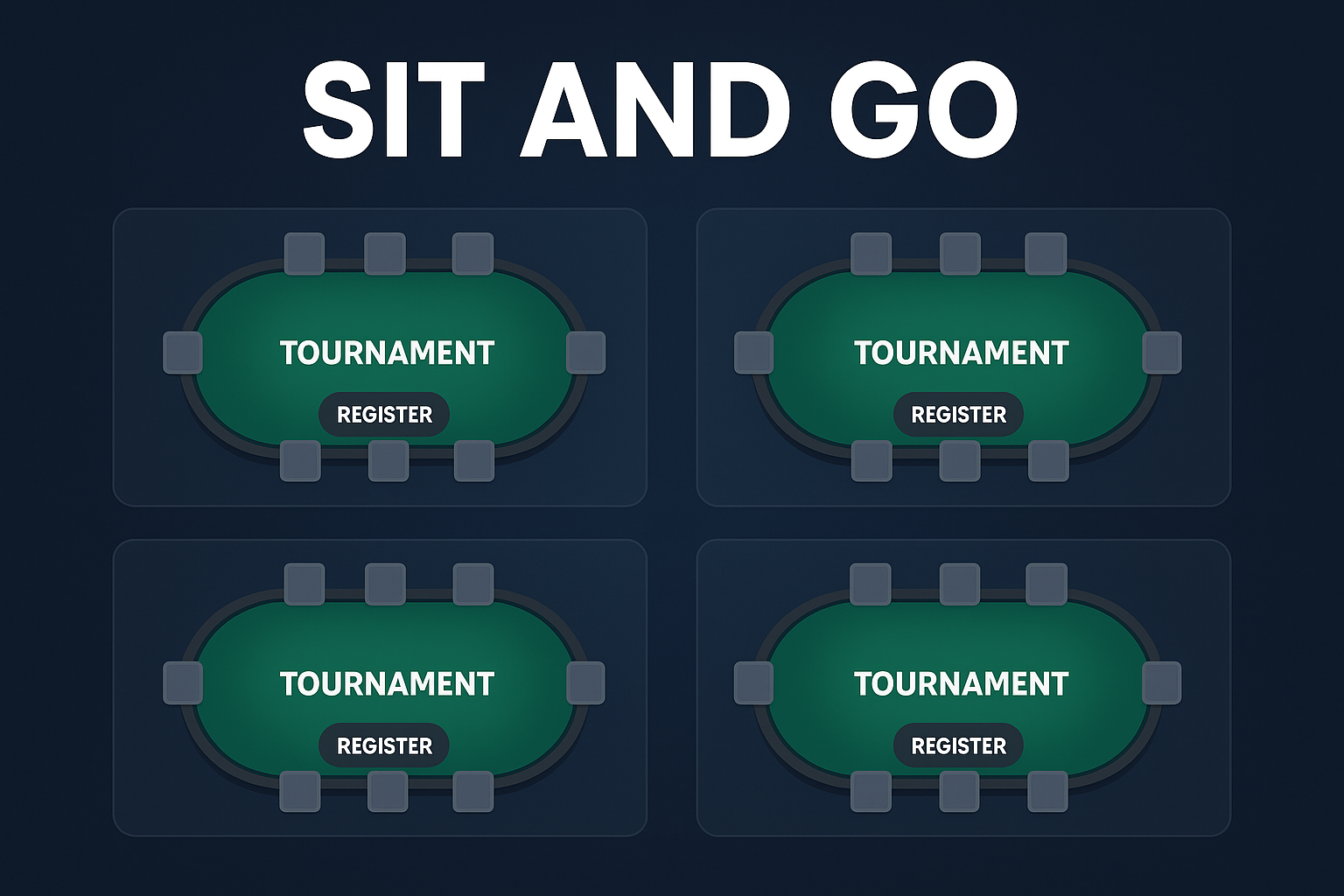Felix Pinkston
Oct 14, 2025 19:01
Tezlink emerges as a crucial component of Tezos X, facilitating seamless interaction within the canonical rollup and enhancing scalability for developers and users.
Tezlink is poised to redefine the Tezos (XTZ) ecosystem as it integrates with the canonical rollup, according to Tezos Spotlight. Initially introduced under the moniker “Michelson Rollup” in the Tezos X proposed roadmap, Tezlink has evolved into a pivotal native execution environment within Tezos X.
Understanding Tezlink
Tezlink is not merely an addition to the Tezos ecosystem; it is a native execution environment embedded within the canonical rollup. This rollup is a modular system designed to host multiple runtimes, including Etherlink, which is EVM-compatible, and Tezlink, the Tezos-native view. This architecture allows these environments to interact synchronously, enhancing the composability and connectivity of decentralized applications.
Arthur Breitman, a prominent figure in the Tezos community, likened this system to an object casting different shadows from varying angles. From one angle, the shadow is Etherlink, and from another, it is Tezlink. Both shadows originate from the same object, offering developers diverse perspectives and tools.
The Role of Tezlink
Tezlink offers developers a Tezos-native environment, leveraging tools like Michelson, SmartPy, and Ligo, while ensuring seamless interaction with Etherlink. This integration eliminates the need for developers to choose between native development and the performance benefits of rollup systems. It allows for the execution of contracts across different runtimes, fostering a unified ecosystem.
The canonical rollup’s modularity allows it to host multiple runtimes under a single secure framework. Developers can utilize Tezos-native wallets and frameworks, maintaining the use of tez as the gas token, while benefiting from the shared liquidity and infrastructure of the rollup system.
Implications for Layer 1
While Tezlink and other runtimes take on more execution load, Tezos Layer 1 remains the backbone, ensuring governance, consensus, and rollup adjudication. The integration of Tezlink as an extension of Layer 1 allows projects to expand their capabilities while maintaining the core security and trust provided by the Layer 1 infrastructure.
The long-term vision for Tezos X is to blur the lines between Layer 1 and Layer 2, offering a seamless user experience without the need for developers or users to navigate complex layer distinctions.
Tezlink represents a significant step forward for Tezos, providing a bridge between the traditional Tezos-native development environment and the enhanced scalability and performance of the canonical rollup. This integration is set to open new avenues for developers, offering greater performance and connectivity while staying true to the Tezos-native ethos of security and decentralization.
Image source: Shutterstock
Source: https://blockchain.news/news/tezlink-new-era-tezos-xtz-canonical-rollup-integration



